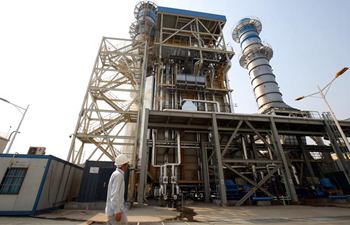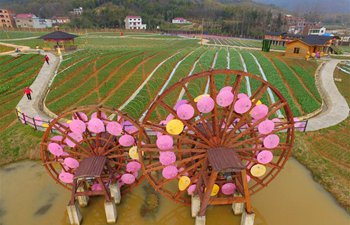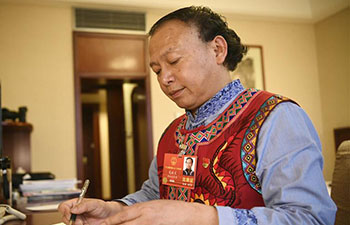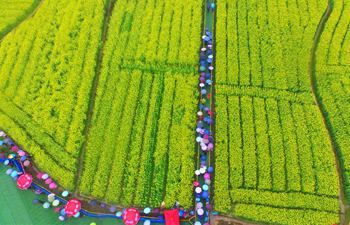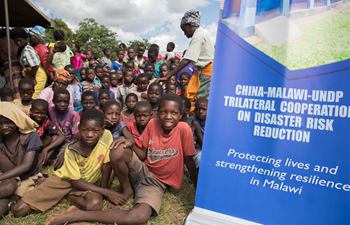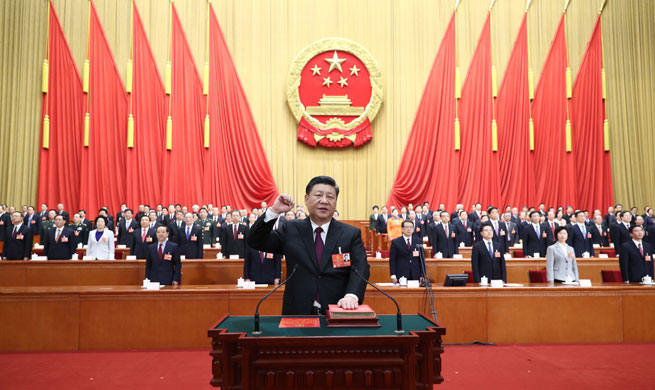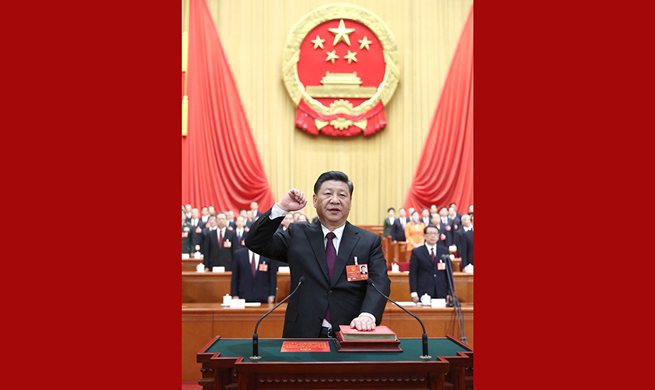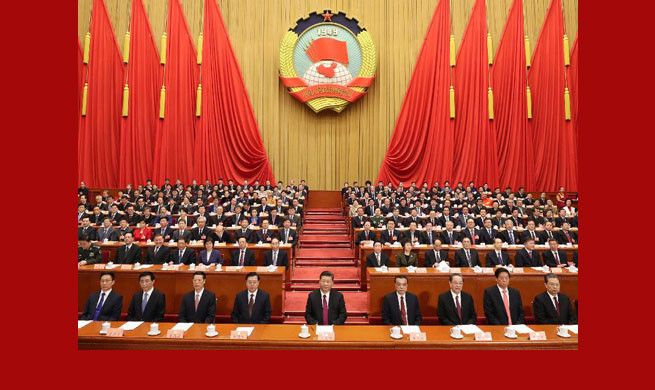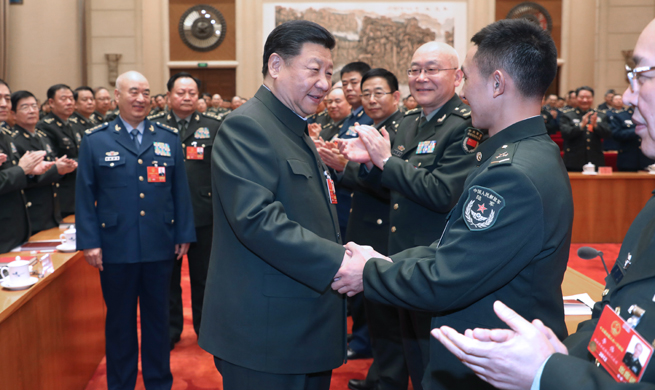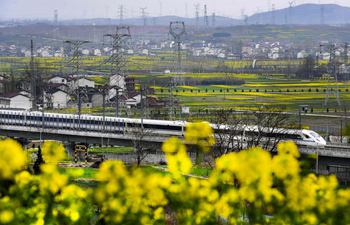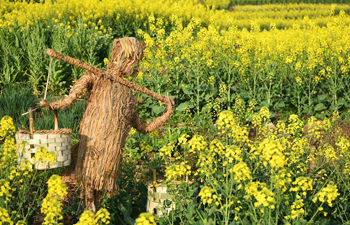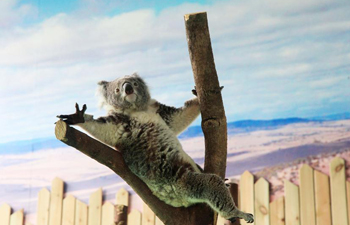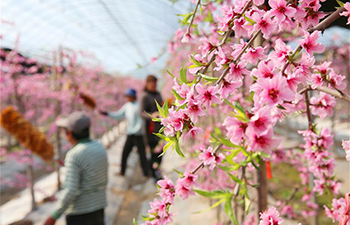GENEVA, March 17 (Xinhua) -- Rising global temperatures are altering the triggering of avalanches, leading to disasters and serious consequences in mountain areas that can severely affect socio-economic development and the destruction of traffic infrastructure, according to results of a study issued by University of Geneva on Saturday.
After a study undertaken between 2013 and 2015 in the Indian state of Himachal Pradesh, researchers from University of Geneva found that rising temperatures are increasing avalanche frequency, size and scope.
Through data records in such regions, including the Himalayan valley at an elevation of roughly 3,000 meters, they used dendrochronology, the study of counting tree rings to determine age, to trace the extent and impact of avalanches in the region since 1855.
The researchers' innovative technique allowed them to trace 38 avalanches over the study period, which is thus "the largest survey conducted to date in the Himalayas." When they combined their findings from the trees with local climate data, the researchers found that the results "brooked no argument": the frequency and intensity of avalanches in the second half of the twentieth century has been increasing, they said.
"Avalanches are bigger, travel greater distances, and are triggered earlier in the year. These changes can be attributed clearly to rising temperatures, which have reached 0.2 to 0.4 degrees annually in some parts of the Himalayas," according to the study.
The study, which has been published in the Proceedings of the National Academy of Sciences, also suggested that various specific triggers related to warmer air temperatures are causing this, such as receding glaciers, melting permafrost, rain falling on snow, and snowfall that starts earlier in the year and becomes destabilized before spring.




